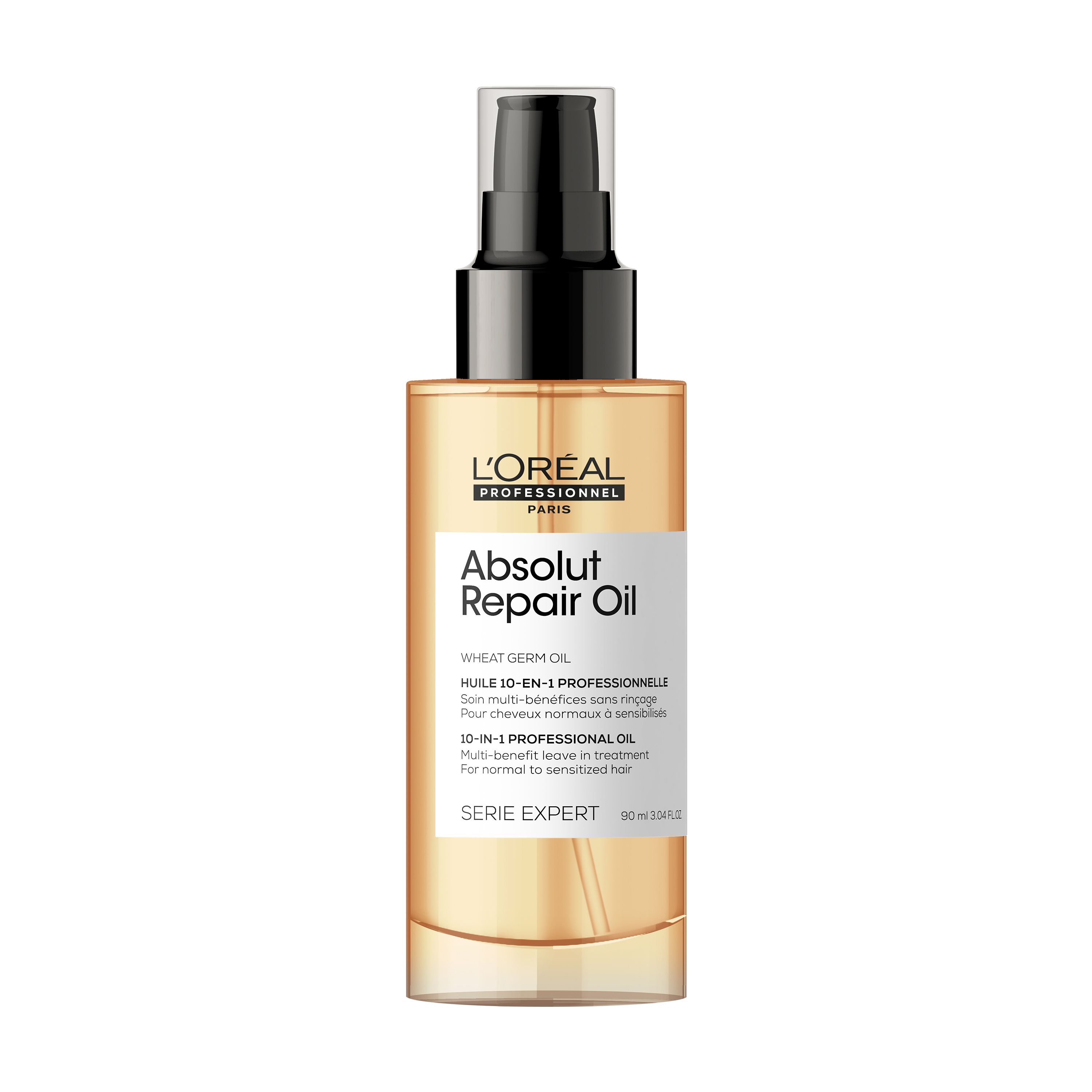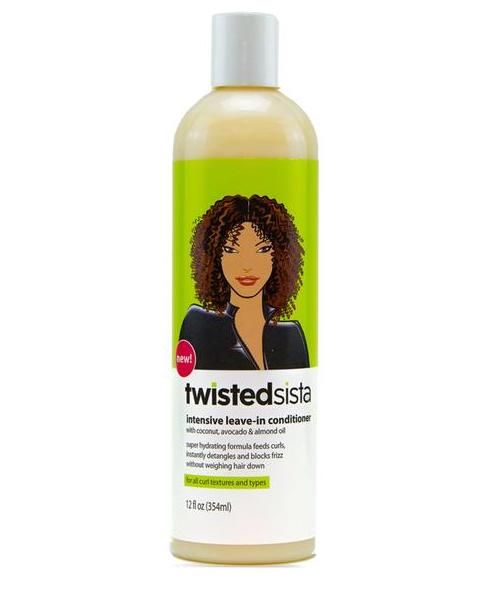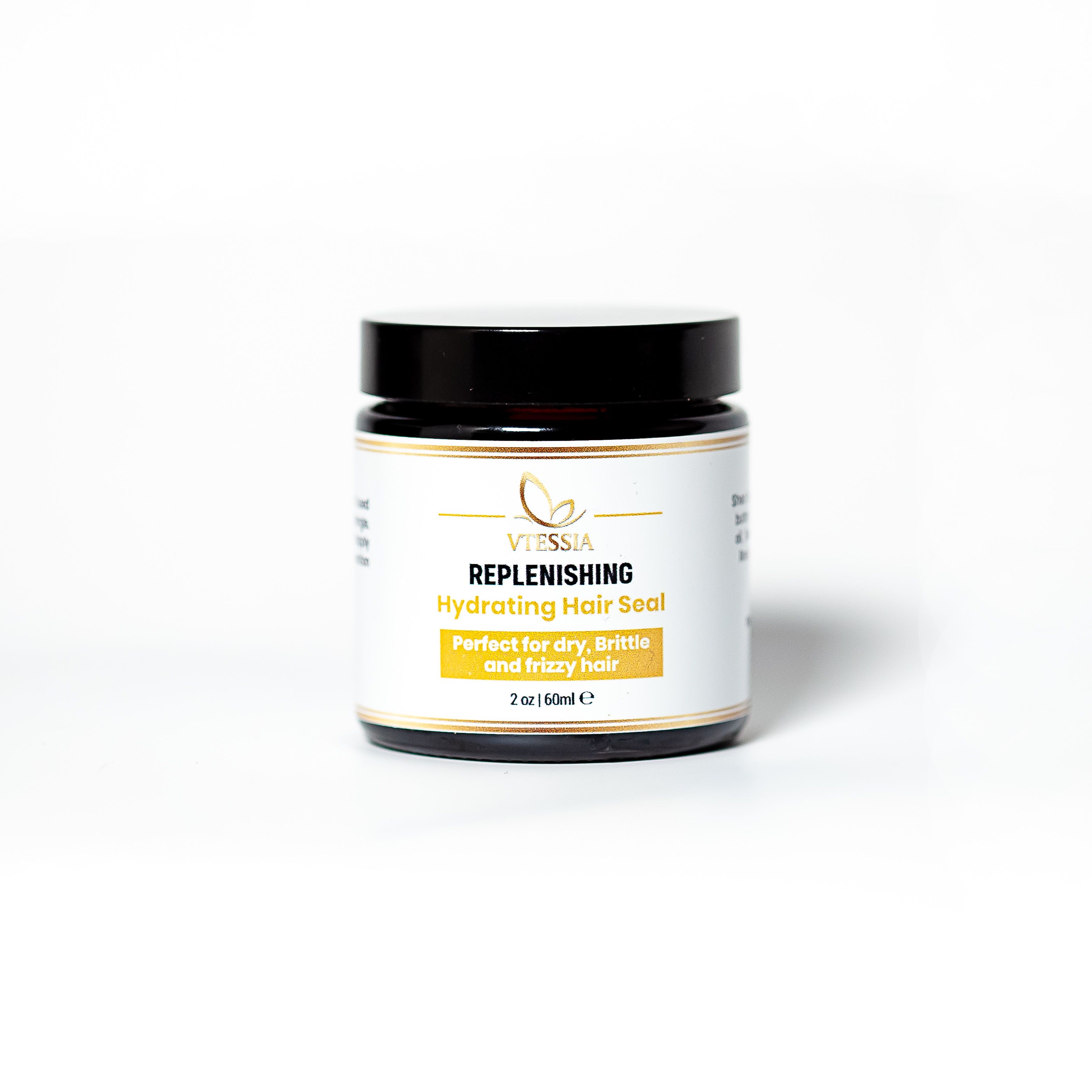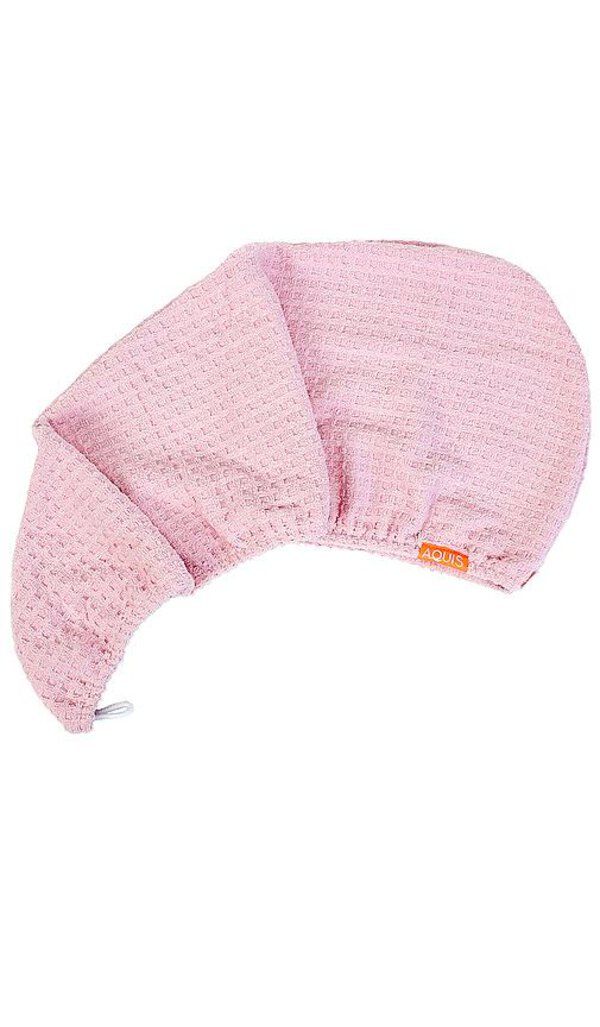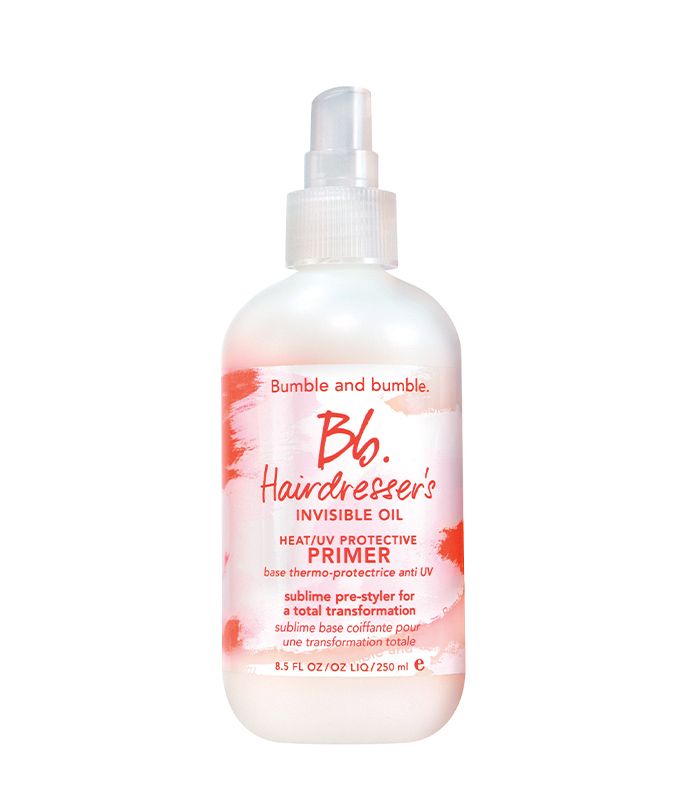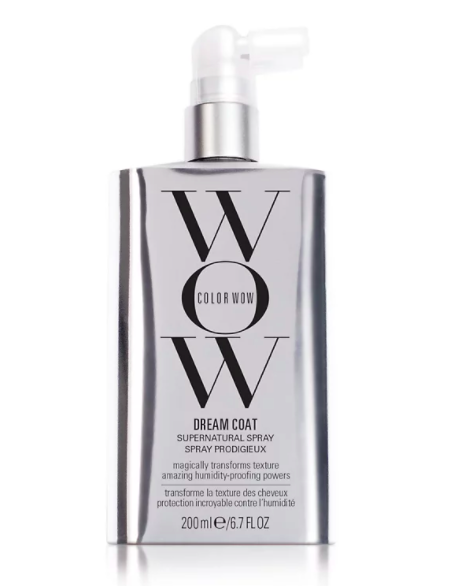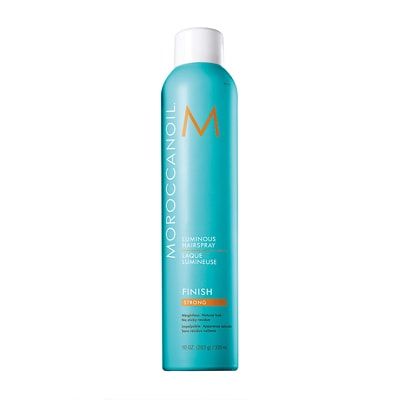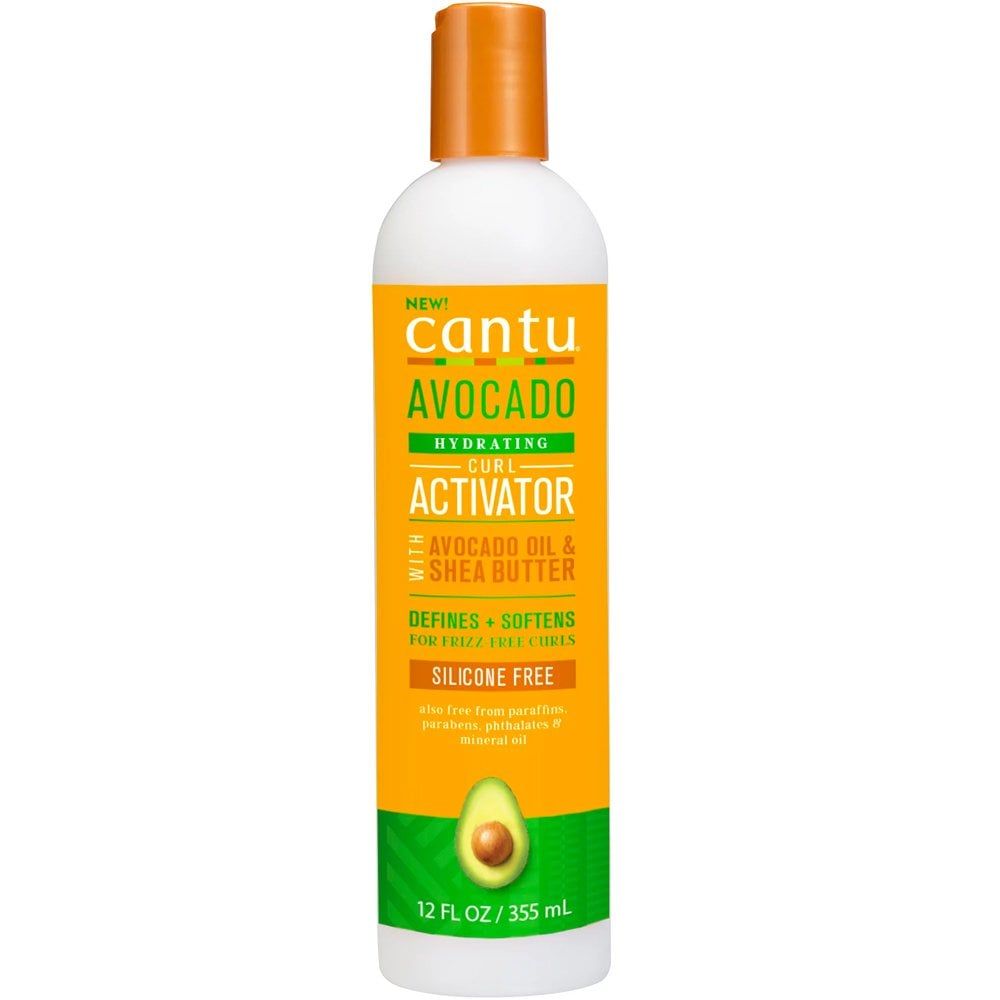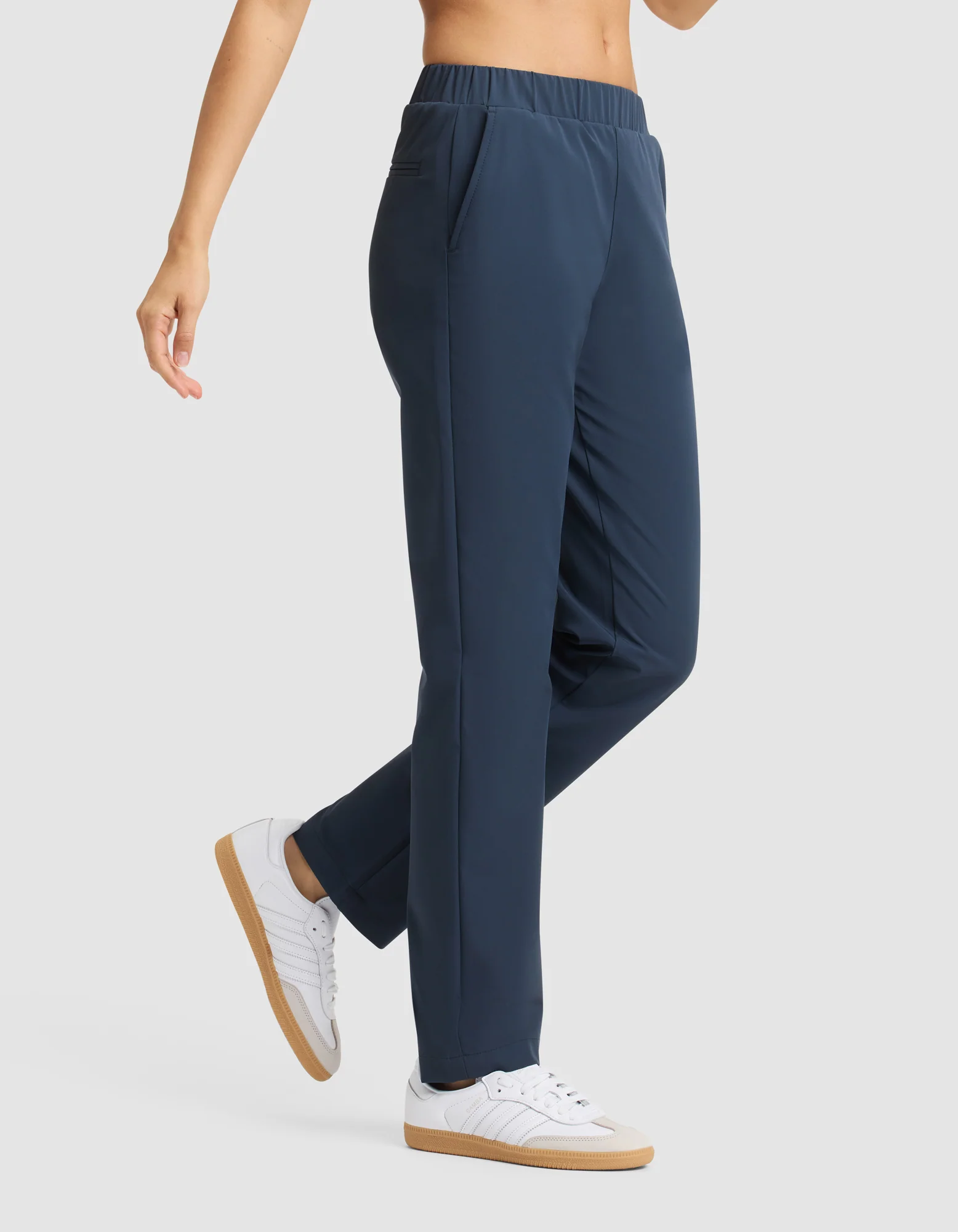
Before we get into things, I think it’s important to get one thing straight—frizz is not a dirty word or anything that you have to fight if you don’t want to. Over the years, I have learned to accept that my hair’s natural texture often means that a dose of frizz is guaranteed when I’m in particular climates (i.e., hot ones), and that’s more than okay. On days I want a sleeker look, I might coax my strands into more of a defined coil, other times I’ll straighten it all out, and other times I leave my hair alone to do entirely its own thing—but it’s all on my terms.
On days that I want to keep frizz at bay, however, one thing is clear: Dry or chemically treated hair (or both in my case) and humidity do not mix well. “Frizz can be caused by humidity as it causes the hair to swell,” explains Michelle Sultan, Imbue creative director. “This is because hair is hygroscopic, which means that the bonds can be broken in the hair structure by absorbing water. If your hair tends to be damaged or dehydrated or you have split ends, then these areas will be more prone to going frizzier faster in high humidity.”
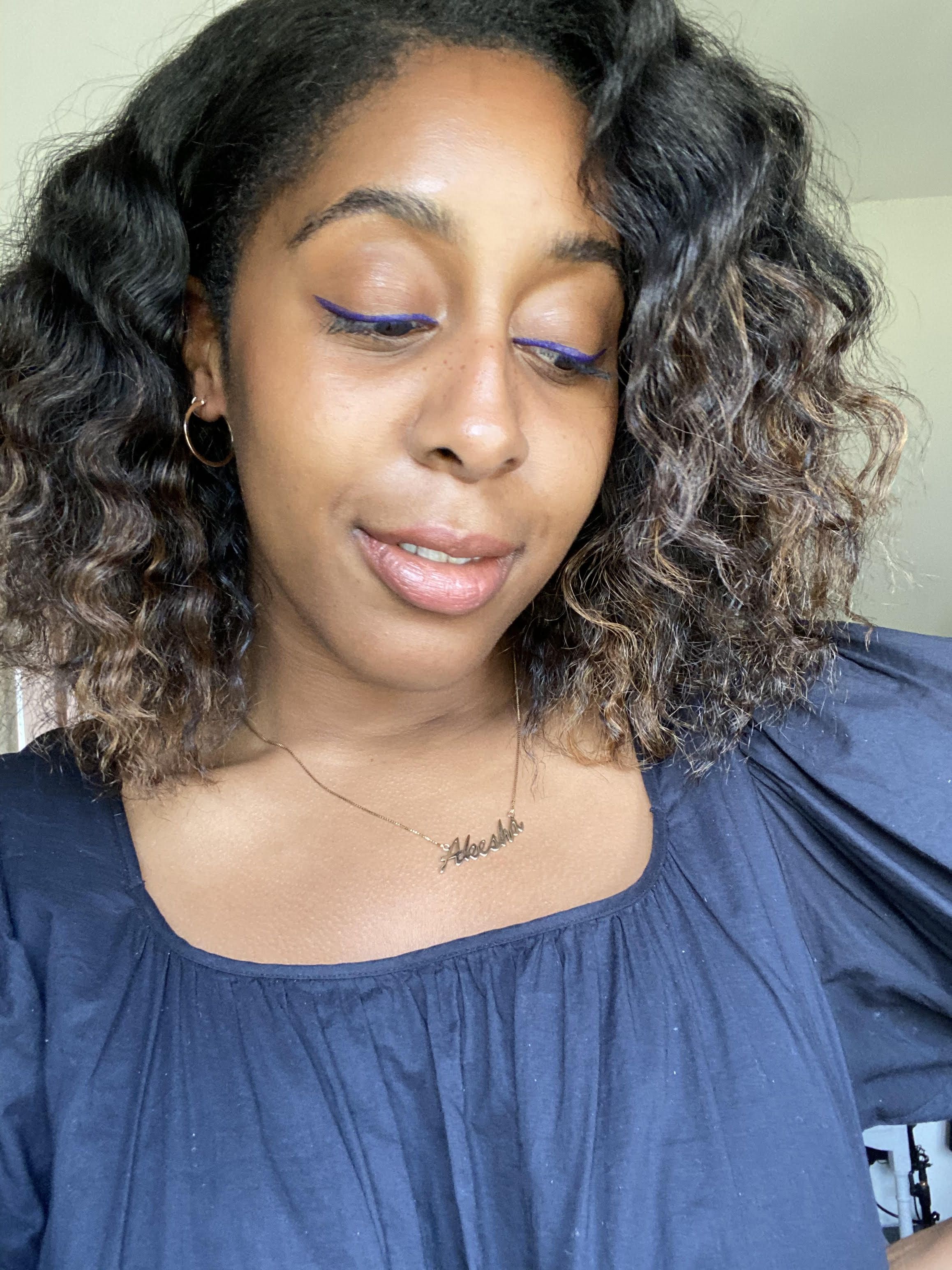
Luckily, after much testing, I’ve found a few products that truly work when it comes to keeping frizz at bay during the summer months. First though, my philosophy on getting your hair ready to face the humidity: Fail to prepare and prepare to fail. Yes, anti-frizz products are all well and good, but minimising frizz for all hair types actually begins with your cleansing process—even more so if you have drier hair like I do. Opt out of clarifying shampoos that strip the hair, as this is a fast track to frizz and breakage, and instead pick creamy cleansers that are low-foam or SLS-free. Then, finish your routine with a nourishing conditioner to seal in any moisture.

And if you have curly or coily hair that you prefer to style as a wash-and-go, then Sultan had some great advice. “I make sure that I only apply products to hair when the hair is soaking wet. This works really well to not break up the curl pattern thus causing frizz,” she explained. “When you have coily hair, a really good way to help prevent frizz is to do things like twist out after washing and conditioning. This is where you apply leave-in conditioner, mousses or gel to your coils and then divide the hair into four sections and proceed to divide the hair into smaller subsections, depending on the density of your hair.”

Now that you’ve got your cleansing routine down, the styling products that you opt for are essential to the efficacy of your frizz-combatting routine. For straight hair, Adam Reed, UK editorial ambassador for L’Oréal Professionnel, suggests using a “leave-in conditioning product to really lock in moisture.”
“I always keep a control cream in my kit as well,” Reed explains. “Pop a few drops onto damp hair, spread through the lengths and ends evenly with a comb and either blow-dry or leave to air-dry depending on your styling preference.”

For me, if I’m wearing my hair with natural texture, then I swear by using an oil or balm to deal with any frizz or flyaways on the go. Using these kinds of textures to deal with frizzy areas piece by piece almost helps to weigh it down and means that it falls in line with the rest of my hair. When I wear straighter styles, then layering on an anti-humidity hair spray is normally a great option too. I spray it on and then literally roll the can over my locks to gently press in the product.
